Innovative Process for Granulation of Continuous Flow Conventional Activated Sludge
Usually dispatched in 2 to 3 days
Usually dispatched in 2 to 3 days
Category:
Wastewater Treatment
The objective of this presentation is to:
• Introduce Aerobic Granular Sludge (AGS), including mechanisms for formation and benefits
• Present performance data for a Nereda® SBR pilot
• AECOM’s continuous-flow granular sludge process for BNR infra-stretching or footprint reductions
Only logged in customers who have purchased this product may leave a review.
Related products
Discharge quality from municipal wastewater treatment plants and the Sludge Biotic Index for activated sludge: integrative assessment
Abstract
Wastewater treatment plants (WWTPs) are scrutinized by Environmental Authorities particularly regarding the compliance to discharge limit values fixed by national and local regulations. An integrated approach is necessary to achieve the objectives established with Directive 2000/60/EC (WFD) considering the ecological status of the receiving water body and the quality of the discharge. Specifically, documentary, technical, management and analytical controls should be developed. Moreover, integrative information on the behaviour of the activated sludge in the aeration tank can be useful for plant managers as well as for the regulating Authorities. The study presents the experience concerning WWTP regulation considering the analytic assessment of the discharge as well the monitoring of the Sludge Biotic Index (SBI) for activated sludge. Data from monitoring during the period 2008–14 on SBI values and chemical and microbiological data on the discharges of a sample of 35 WWTPs in the province of Venice (north-east Italy, Veneto region) are presented and discussed. Together with chemical and microbiological analysis, the SBI appears to be a highly useful index for the integrative assessment of plant functionality, in particular when monitoring and identifying critical situations that can determine the exceedance of discharge limit values. The SBI method, in an integrated control approach, can be used for small and medium sized WWTPs that only treat domestic wastewaters. In a case by case assessment this may even substitute part of the analytical monitoring carried out in the WWTPs' control process.
Discharge quality from municipal wastewater treatment plants and the Sludge Biotic Index for activated sludge: integrative assessment
Abstract
Wastewater treatment plants (WWTPs) are scrutinized by Environmental Authorities particularly regarding the compliance to discharge limit values fixed by national and local regulations. An integrated approach is necessary to achieve the objectives established with Directive 2000/60/EC (WFD) considering the ecological status of the receiving water body and the quality of the discharge. Specifically, documentary, technical, management and analytical controls should be developed. Moreover, integrative information on the behaviour of the activated sludge in the aeration tank can be useful for plant managers as well as for the regulating Authorities. The study presents the experience concerning WWTP regulation considering the analytic assessment of the discharge as well the monitoring of the Sludge Biotic Index (SBI) for activated sludge. Data from monitoring during the period 2008–14 on SBI values and chemical and microbiological data on the discharges of a sample of 35 WWTPs in the province of Venice (north-east Italy, Veneto region) are presented and discussed. Together with chemical and microbiological analysis, the SBI appears to be a highly useful index for the integrative assessment of plant functionality, in particular when monitoring and identifying critical situations that can determine the exceedance of discharge limit values. The SBI method, in an integrated control approach, can be used for small and medium sized WWTPs that only treat domestic wastewaters. In a case by case assessment this may even substitute part of the analytical monitoring carried out in the WWTPs' control process.
Module 13: General Administration of Wastewater Treatment Plants
.List the types of data collected at a plant.
.Analyze typical plant data.
.Describe methods for presenting plant data.
.Explain the frequency and types of reports utilized at a plant.
Module 13: General Administration of Wastewater Treatment Plants
.List the types of data collected at a plant.
.Analyze typical plant data.
.Describe methods for presenting plant data.
.Explain the frequency and types of reports utilized at a plant.
Module 16 : Activated Sludge Process- Part 2
•List the key monitoring points within the activated sludge process and explain what to look for at those points.
•List five key process control parameters and for each parameter, explain what it is, why it is used and how it is calculated
•List the daily process control tasks that need to be accomplished and explain how to perform them.
Module 16 : Activated Sludge Process- Part 2
•List the key monitoring points within the activated sludge process and explain what to look for at those points.
•List five key process control parameters and for each parameter, explain what it is, why it is used and how it is calculated
•List the daily process control tasks that need to be accomplished and explain how to perform them.
A Review of Electrocoagulation Process for Wastewater Treatment
The control of environmental pollution and also the treatment of polluted water are of great concern. Within the past decade, electrochemical coagulation process has emerged as most effective wastewater treatment process as compared to conventional techniques of treating wastewater. Electrocoagulation is robust, cost effective, reliable, low sludge generating process, it has automation amenability and it has high pollutant removal efficiency. The aim of the review is to explain the basics and up to date advancement of electrocoagulation method for the improvements in the pollutant removal efficiency.
A Review of Electrocoagulation Process for Wastewater Treatment
The control of environmental pollution and also the treatment of polluted water are of great concern. Within the past decade, electrochemical coagulation process has emerged as most effective wastewater treatment process as compared to conventional techniques of treating wastewater. Electrocoagulation is robust, cost effective, reliable, low sludge generating process, it has automation amenability and it has high pollutant removal efficiency. The aim of the review is to explain the basics and up to date advancement of electrocoagulation method for the improvements in the pollutant removal efficiency.
Agricultural Wastewater Treatment
In many semiarid and arid countries, water is now becoming an increasingly limited resource and managers are forced to take into account sources of water that may be used economically and efficiently to encourage further development. Simultaneously, with the population increasing at a high rate, the requirement for increased production of food is apparent. The prospective for irrigation to increase both the agricultural productivity and living standards of the poor has long been acknowledged. Irrigated agriculture occupies nearly 17% of the total arable land in the world but the yield from this land includes about 34% of the world total. This perspective is even more distinct in arid areas like the Near East Region, where only 30% of the cultivated land is irrigated but it yields around 75% of total agricultural production. In the same area, more than 50% of the food necessities are imported and the increased rate in demand for the food surpasses the rate of an upsurge in agricultural production (Tunney et al., 2000).
Agricultural Wastewater Treatment
In many semiarid and arid countries, water is now becoming an increasingly limited resource and managers are forced to take into account sources of water that may be used economically and efficiently to encourage further development. Simultaneously, with the population increasing at a high rate, the requirement for increased production of food is apparent. The prospective for irrigation to increase both the agricultural productivity and living standards of the poor has long been acknowledged. Irrigated agriculture occupies nearly 17% of the total arable land in the world but the yield from this land includes about 34% of the world total. This perspective is even more distinct in arid areas like the Near East Region, where only 30% of the cultivated land is irrigated but it yields around 75% of total agricultural production. In the same area, more than 50% of the food necessities are imported and the increased rate in demand for the food surpasses the rate of an upsurge in agricultural production (Tunney et al., 2000).
A Ground-Breaking Innovation In Wastewater Treatment
The fashion industry contributes 20% of industrial water pollution With a high water footprint, massive chemical use and atmospheric, water and greenhouse gas (GHG) emissions, dyehouse operations are the most environmentally damaging component of the apparel supply chain2.Global brands are responding by requiring manufacturers to treat wastewater and reduce effluent. Paradoxically, conventional water treatment systems generate toxic sludge, trading water pollution for solid, chemical discharge that is landfilled and emits GHG – mostly methane.
A Ground-Breaking Innovation In Wastewater Treatment
The fashion industry contributes 20% of industrial water pollution With a high water footprint, massive chemical use and atmospheric, water and greenhouse gas (GHG) emissions, dyehouse operations are the most environmentally damaging component of the apparel supply chain2.Global brands are responding by requiring manufacturers to treat wastewater and reduce effluent. Paradoxically, conventional water treatment systems generate toxic sludge, trading water pollution for solid, chemical discharge that is landfilled and emits GHG – mostly methane.
Lesson D1 Guidelines and Standards for Wastewater Reuse
Due to water shortage, wastewater reuse has gained great importance in many parts of the world. Wastewater reuse practices have become valuable source in water resources management. As an independent source of water, reclaimed water can increase the reliability of water supply. Reclaimed wastewater requires effective measures to protect public health and the environment. Strong wastewater reuse guidelines and regulations are developed for the purpose. It is difficult to establish wastewater guidelines and regulations that can suit all regions in the world. Among the broad reasons for this as limiting factors, are economics of countries relating chosen treatment technologies and additionally, the local context of a region must be taken into consideration in settings. Almost all wastewater reuse guidelines and regulations are bacteriological-based. Some of them consider biochemical parameters. In this lesson you will comprehend the importance as well as the necessity of setting wastewater reuse guidelines and regulations. You will be aware of arising problems
for getting universal valid standards. You will get an overview of guidelines and regulations existing worldwide and regionally.
Lesson D1 Guidelines and Standards for Wastewater Reuse
Due to water shortage, wastewater reuse has gained great importance in many parts of the world. Wastewater reuse practices have become valuable source in water resources management. As an independent source of water, reclaimed water can increase the reliability of water supply. Reclaimed wastewater requires effective measures to protect public health and the environment. Strong wastewater reuse guidelines and regulations are developed for the purpose. It is difficult to establish wastewater guidelines and regulations that can suit all regions in the world. Among the broad reasons for this as limiting factors, are economics of countries relating chosen treatment technologies and additionally, the local context of a region must be taken into consideration in settings. Almost all wastewater reuse guidelines and regulations are bacteriological-based. Some of them consider biochemical parameters. In this lesson you will comprehend the importance as well as the necessity of setting wastewater reuse guidelines and regulations. You will be aware of arising problems
for getting universal valid standards. You will get an overview of guidelines and regulations existing worldwide and regionally.
Module 15: The Activated Sludge Process – Part 1
•Describe the activated sludge process and its control variables.
•List List three types of activated sludge treatment plants.
Module 15: The Activated Sludge Process – Part 1
•Describe the activated sludge process and its control variables.
•List List three types of activated sludge treatment plants.


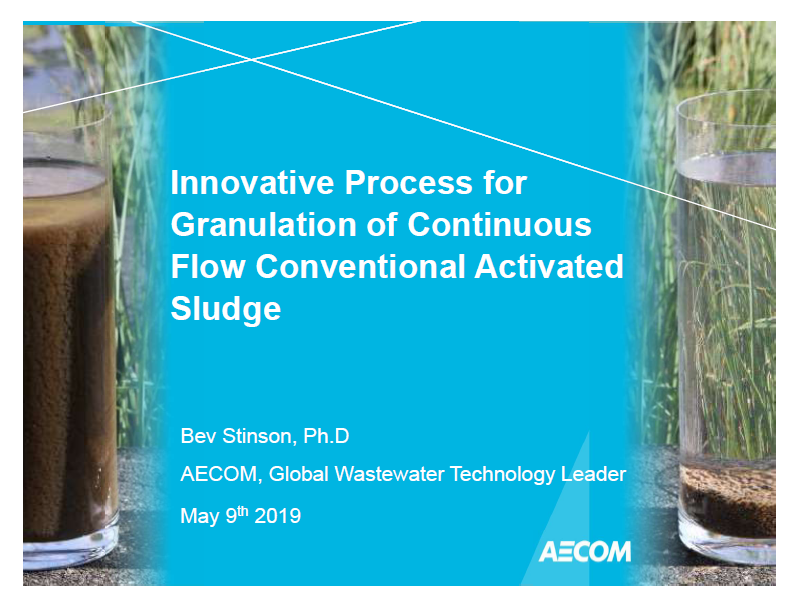
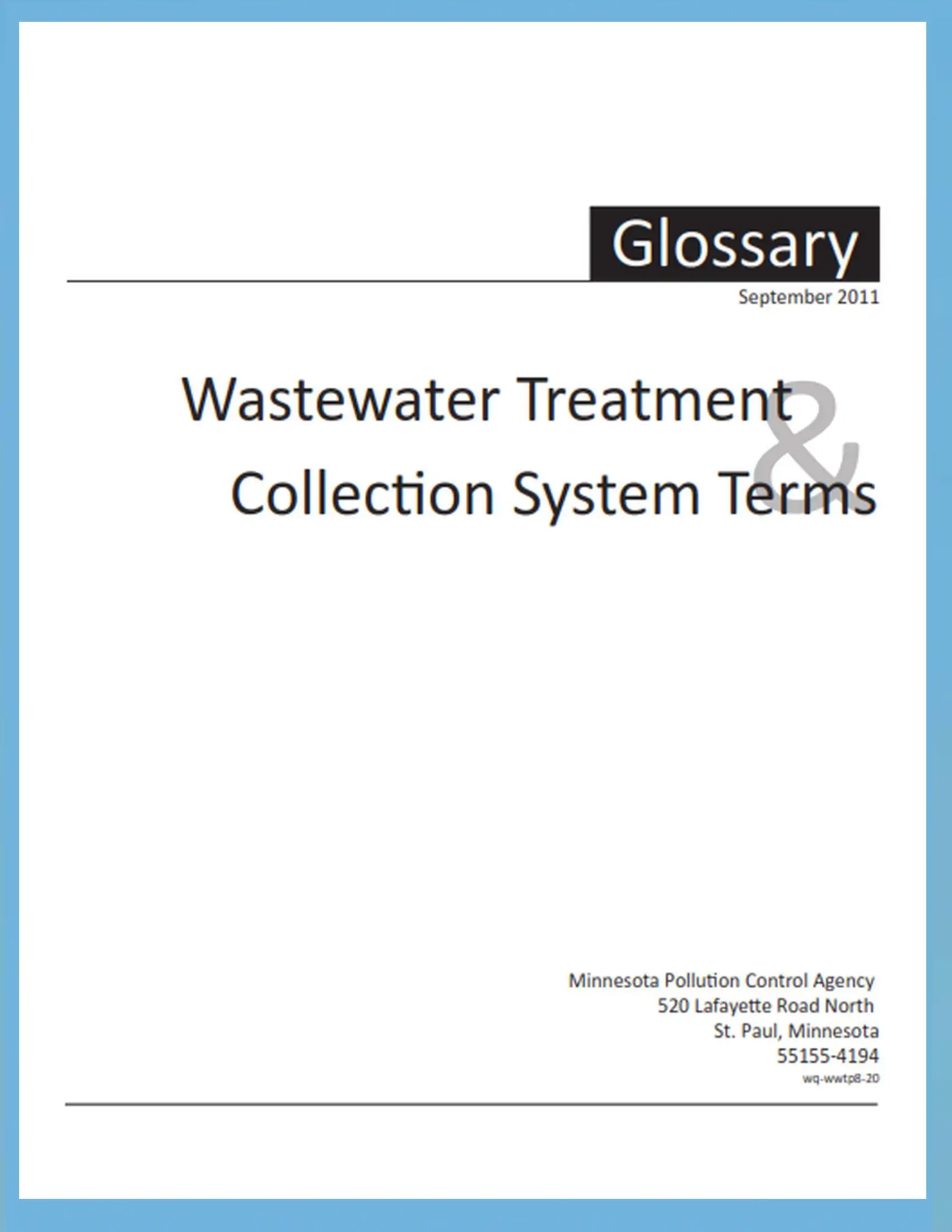
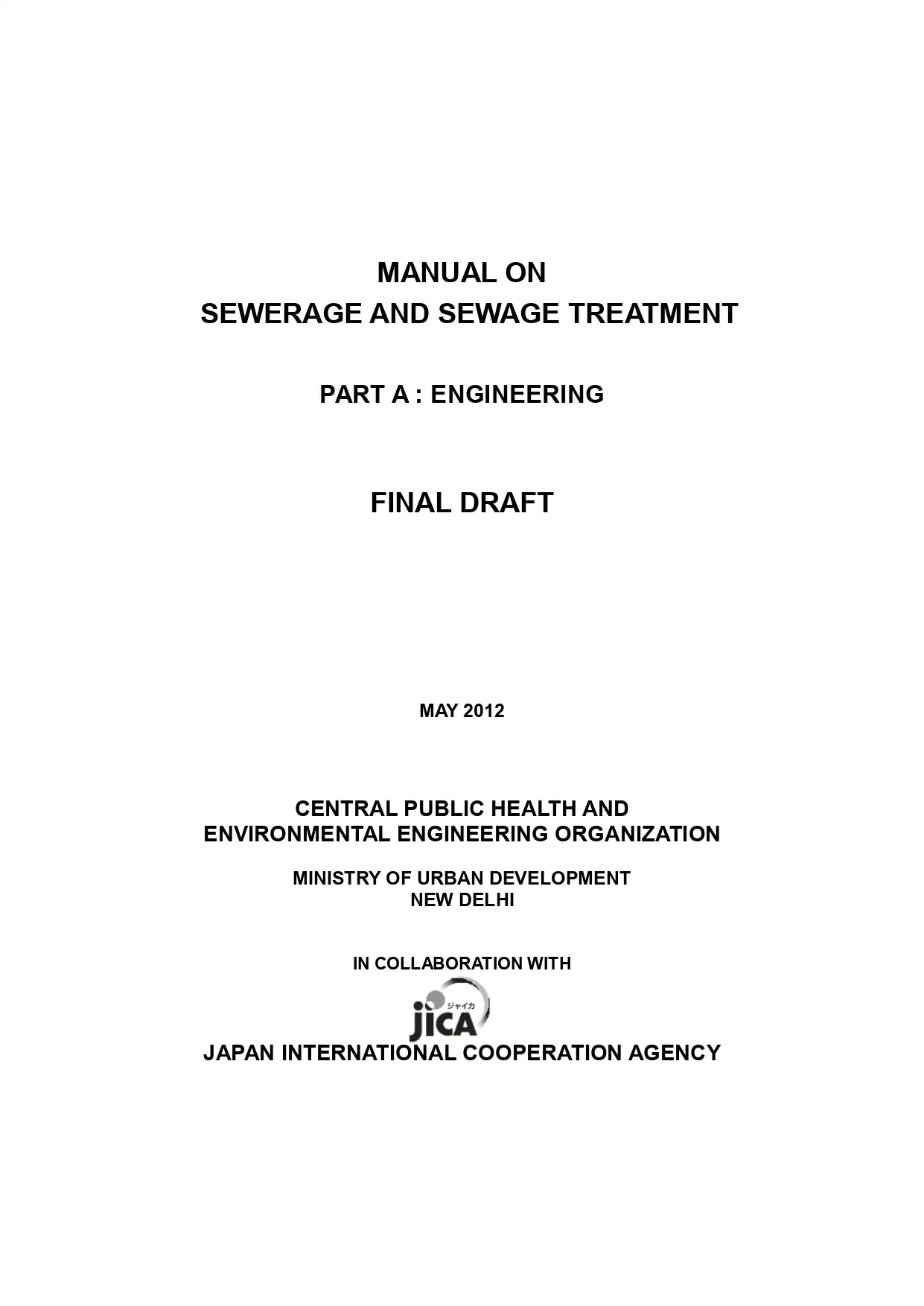
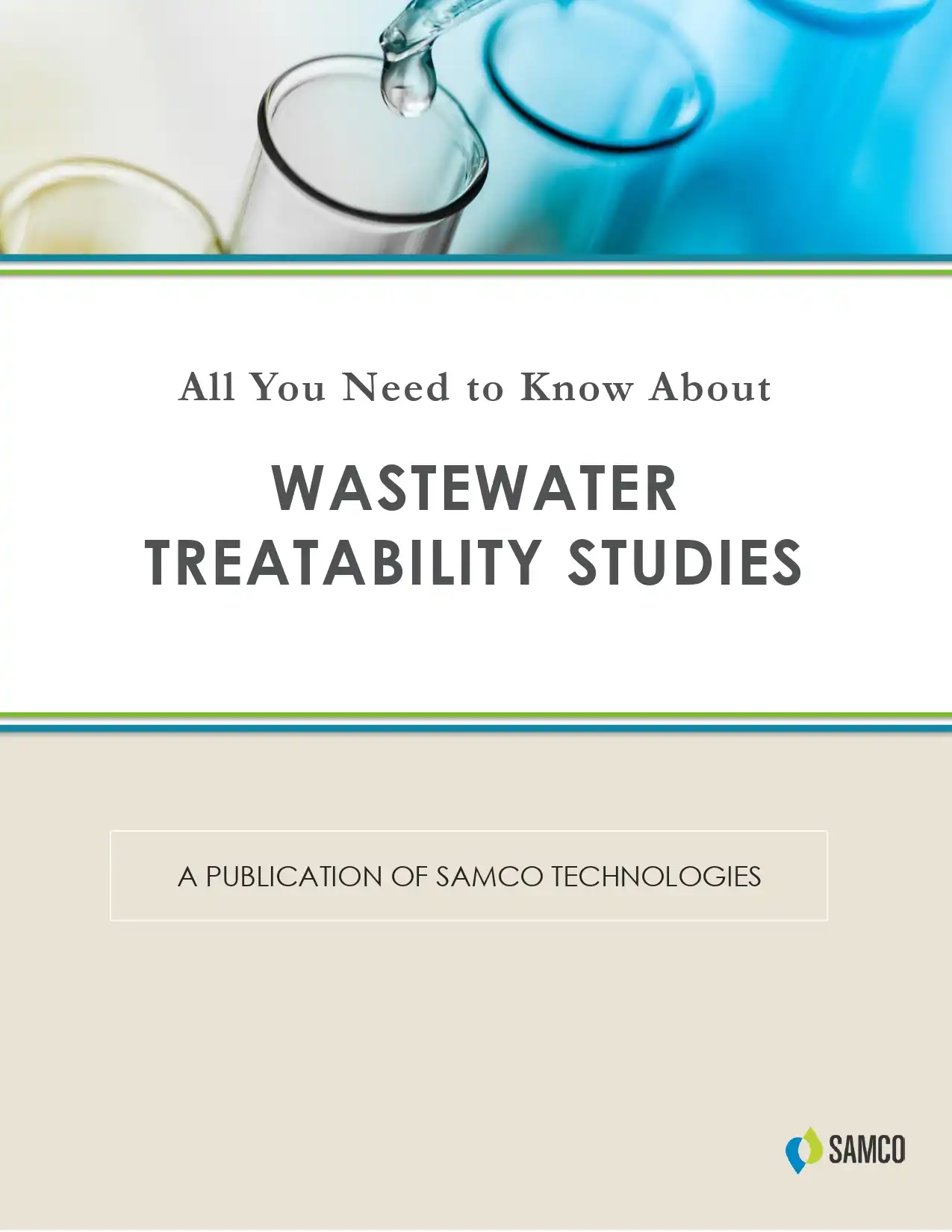
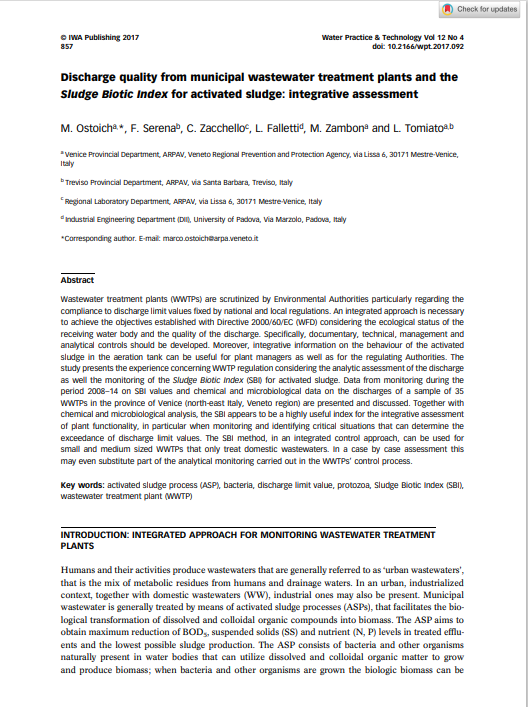
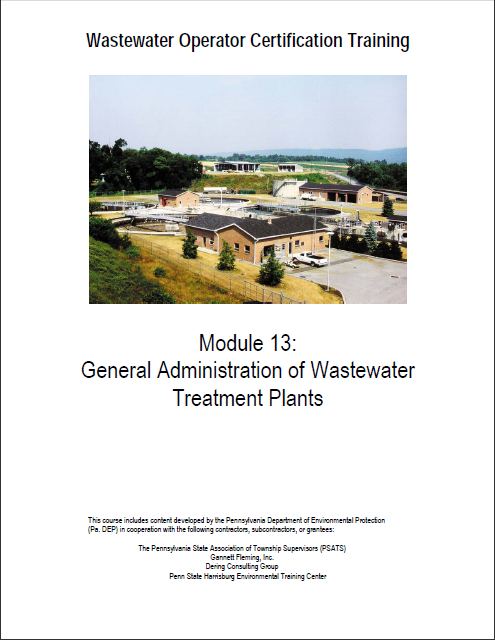


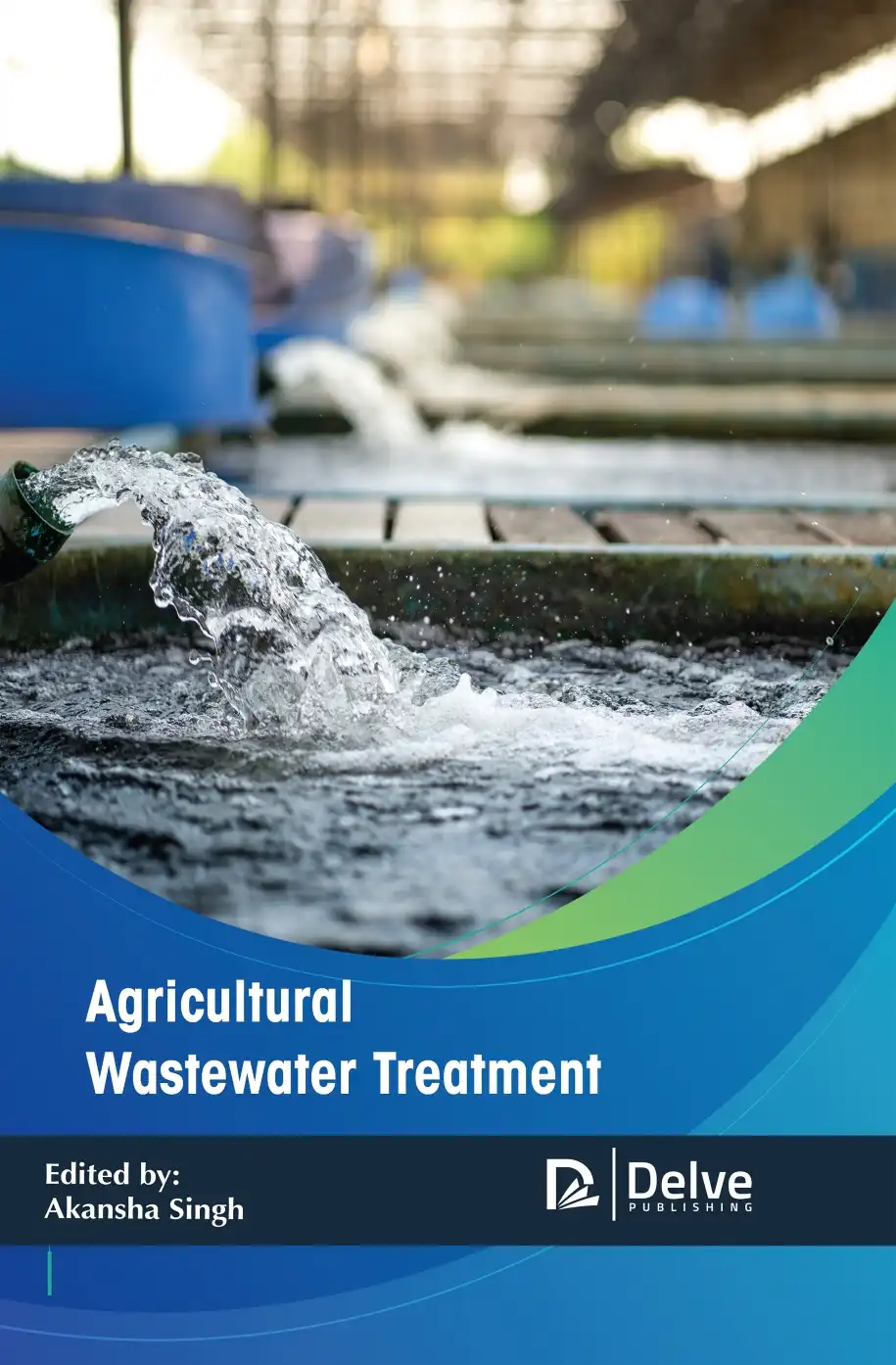
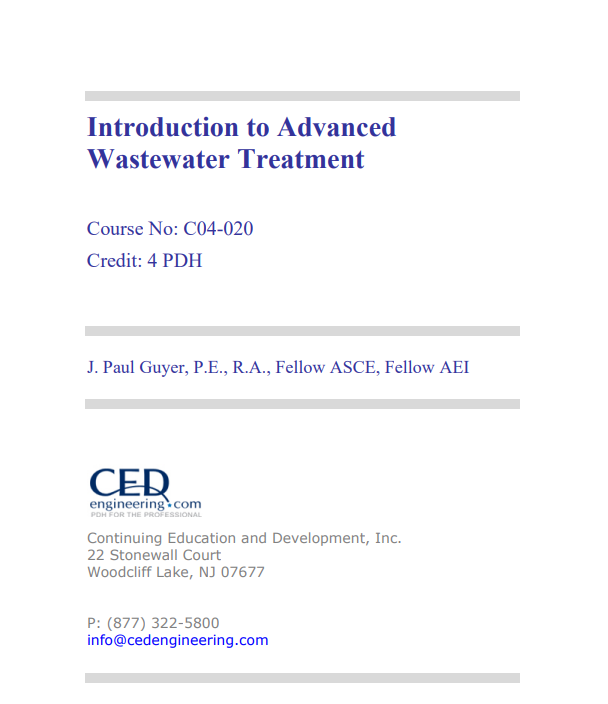
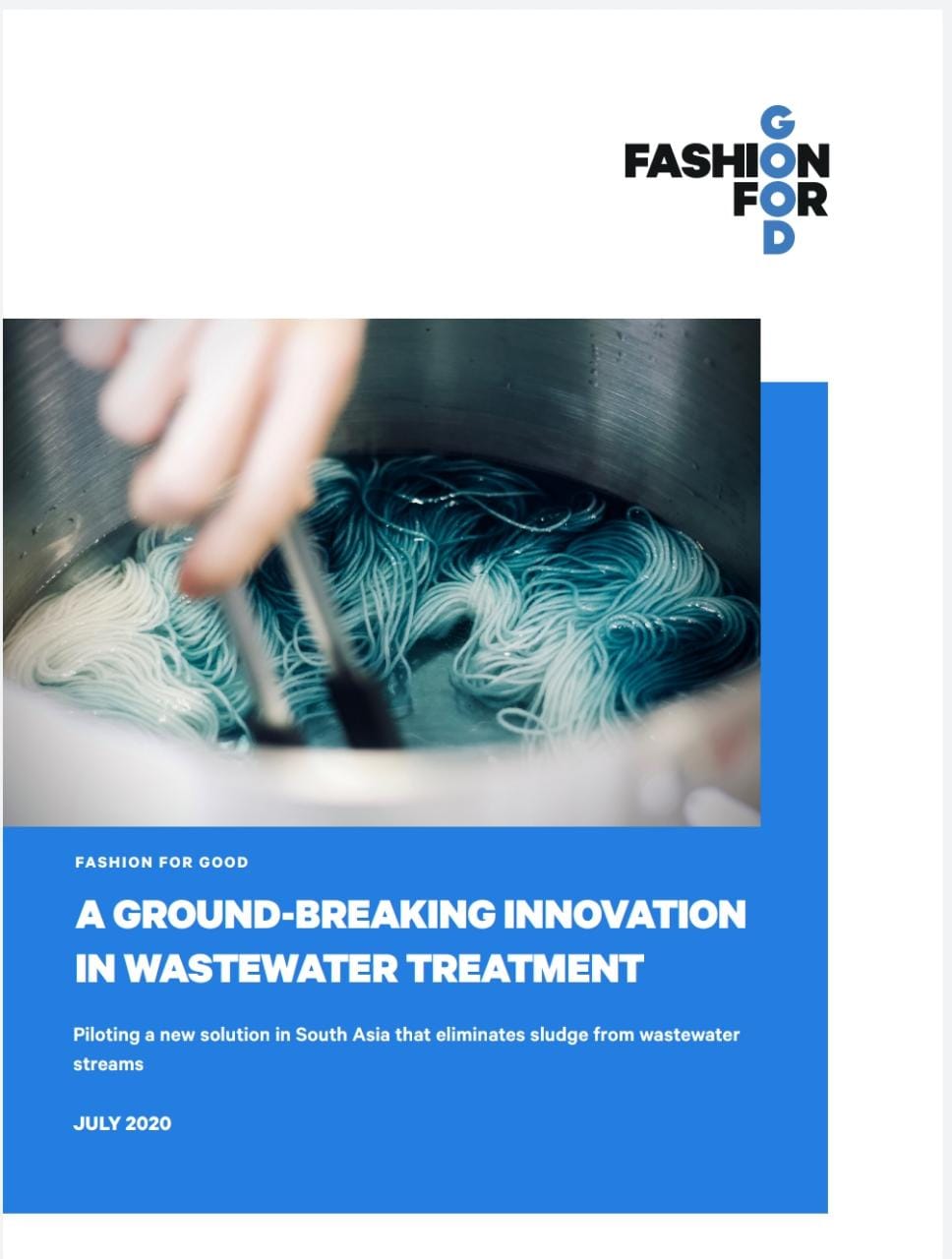
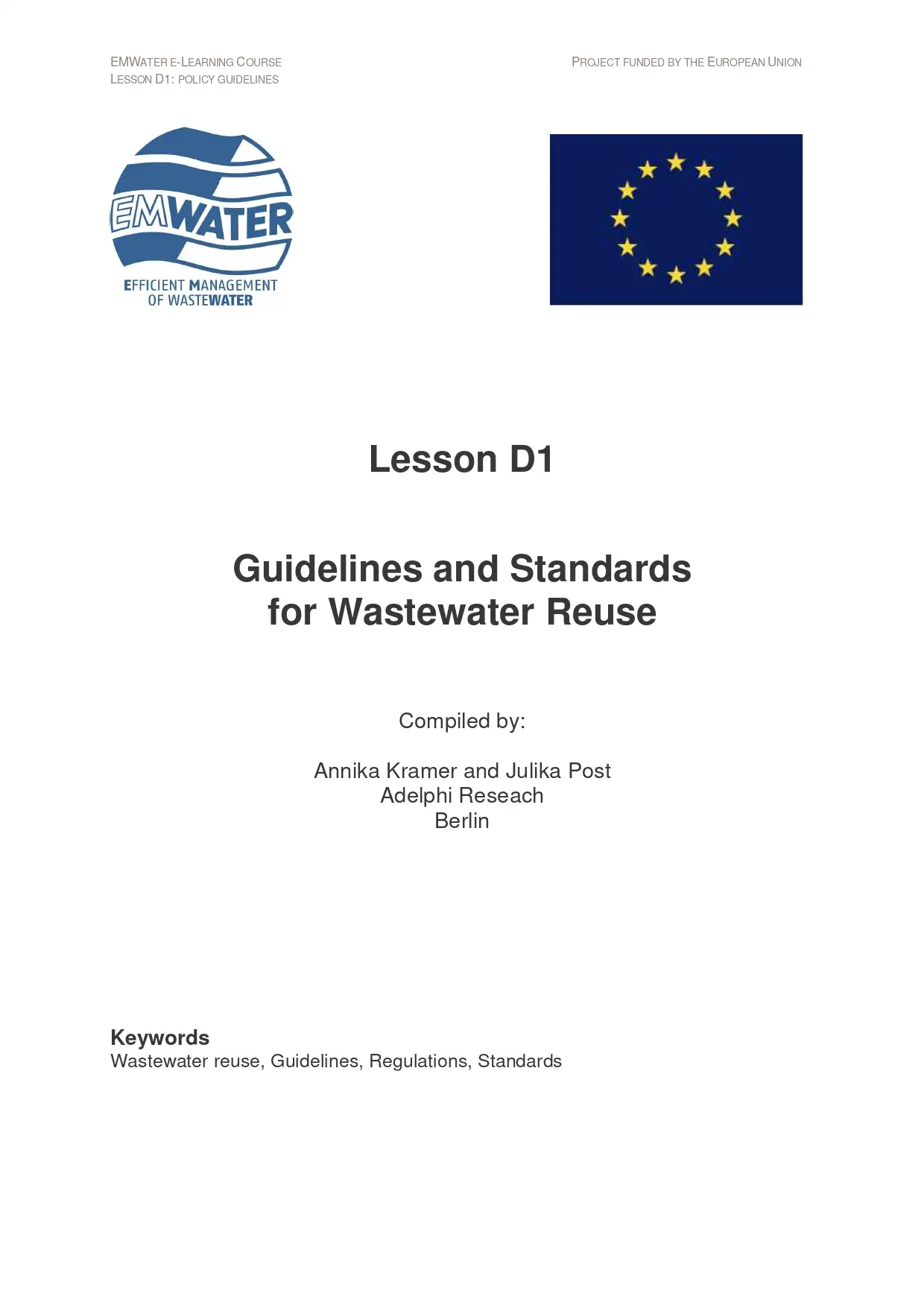
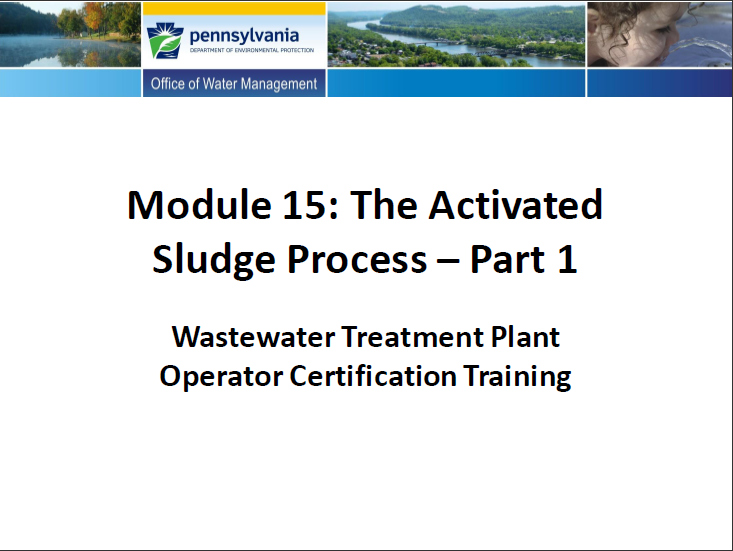
Reviews
There are no reviews yet.